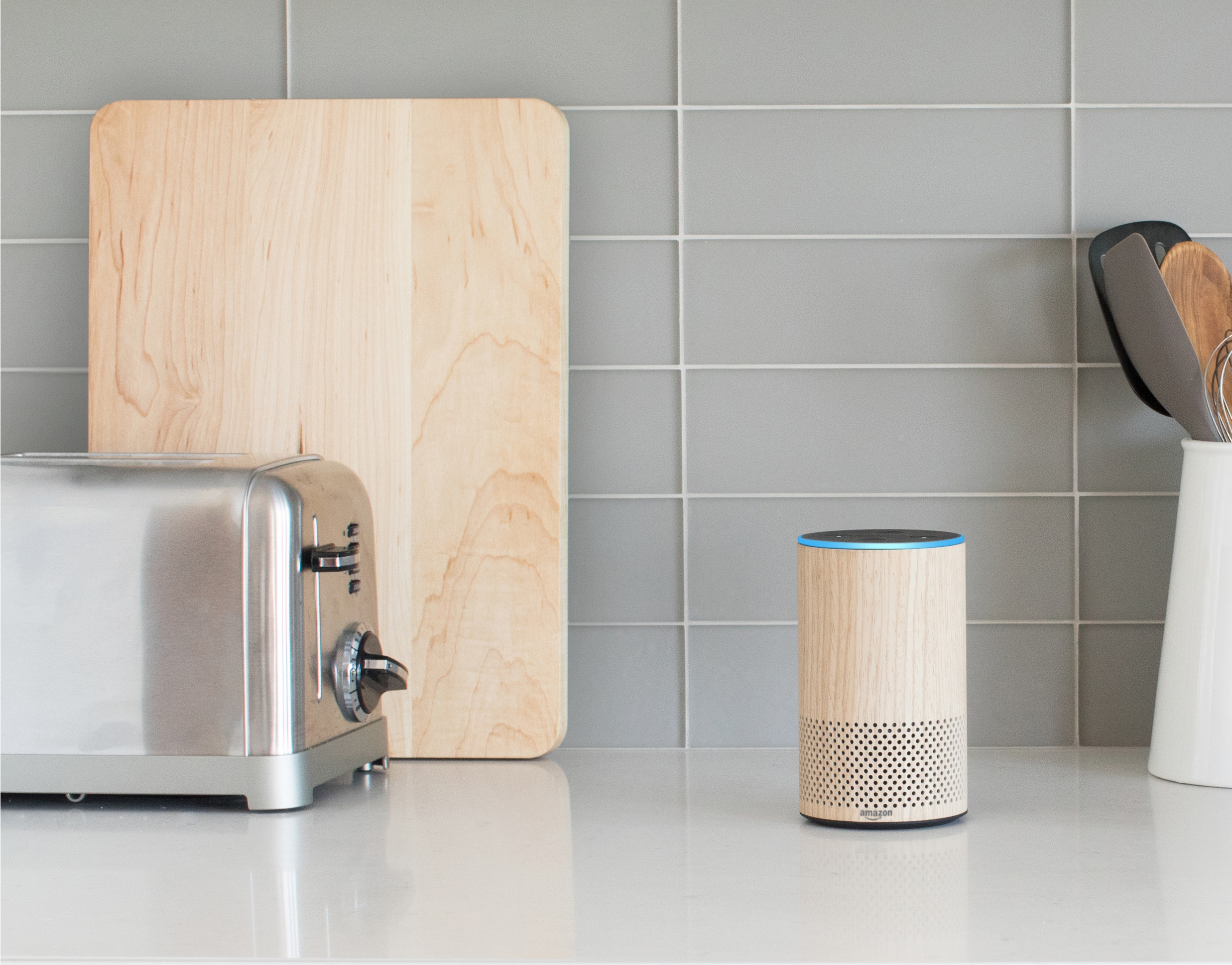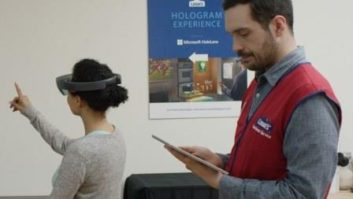
As even more consumers adopt voice-recognition technologies at home, they increasingly want their digital assistants to go mobile. If 2017 was the year of welcoming voice-enabled assistants into their homes, 2018 will be remembered as the year consumers embraced them shopping.
I make this prediction because research from the Consumer Technology Association (CTA) points to the merging of two trends: the increasing adoption of voice-recognition technologies, and the growing popularity of connected wearable devices.
CTA projects U.S. sales of voice-controlled digital assistant devices such as Amazon’s Echo and Google’s Home will reach 11 million units (a 53 percent increase from last year) and generate $1.3 billion in revenue (a 22 percent increase from last year).
Apple introduced Siri in 2011 with the iPhone 4S. Today, that first version seems quaint compared to what it, Alexa, Google Assistant, Microsoft Cortana and Samsung Bixby are capable of doing. The use of natural language processing technologies enables voice assistants to understand questions or commands and place them into the correct context.
In a time when consumers want things quick and convenient, digital assistants have gone from a device that can play music on demand to a convenient way to purchase goods and services. Two-thirds of voice shoppers access a digital assistant every day according to CTA’s 2018 Voice Shopping Report.
See also: Deep Dive: Smart Speakers’ Effect On Radio
The top items most shoppers purchase using a voice assistant include food/groceries, household products and electronics – including personal technology.
CTA predicts the total wearables market — including fitness activity trackers, and smartwatches — will reach sales of 48 million units this year in the U.S. (a nine percent increase) with $5.6 billion in revenue. It stands to reason that manufacturers will capitalize on both trends by developing wearable devices featuring the integration of voice-enabled virtual assistants.
While having a screen is convenient, it’s becoming unnecessary as Alexa and her digital counterparts grow steadily “smarter.” With The ONvocal OV intelligent headphones or the Bose QuietComfort 35 wireless headphones, users can interact with their virtual assistants without ever looking at their phones.
Watch: Snapchat’s Got A Brand-New Shopping Bag
There are also several smartwatches that enable voice interaction with Apple’s Siri, Google Assistant and Alexa. In September alone, Apple announced the next generation iPhone and the fourth generation Apple Watch, which was fundamentally redesigned and re-engineered with advanced heart monitoring capabilities and new features to help consumers stay connected.
Wearable devices that enable voice interaction with digital assistants also present new opportunities for retailers to provide a more hands-on, engaging in-store experience for customers. The retailer that can provide that kind of hands-on, one-on-one experience will not only make the sale; it will build loyalty with its customers and turn them into strong brand advocates.
One year from now, I predict we’ll be marveling at how ubiquitous and capable intelligent wearable devices have become. Our smartphones will remain tucked in our pockets and bags while digital assistants like Alexa, Siri and Google Assistant feed useful information such as announcements and offers from our favorite stores and restaurants to our headphones, watches, and even our eyeglasses.
The lesson for retailers is to work today to avoid falling behind your competitors tomorrow by taking advantage of just how powerful and ubiquitous voice-enabled digital assistants have become.
Deena Ghazarian is managing partner at business accelerator TargetPath and a member of the Consumer Technology Association’s Board of Industry Leaders.











